6 ways to set up a smart home – a beginner's guide
The latest technology really is designed to make life easier, transforming the way we use all our electrical services and putting control at our fingertips
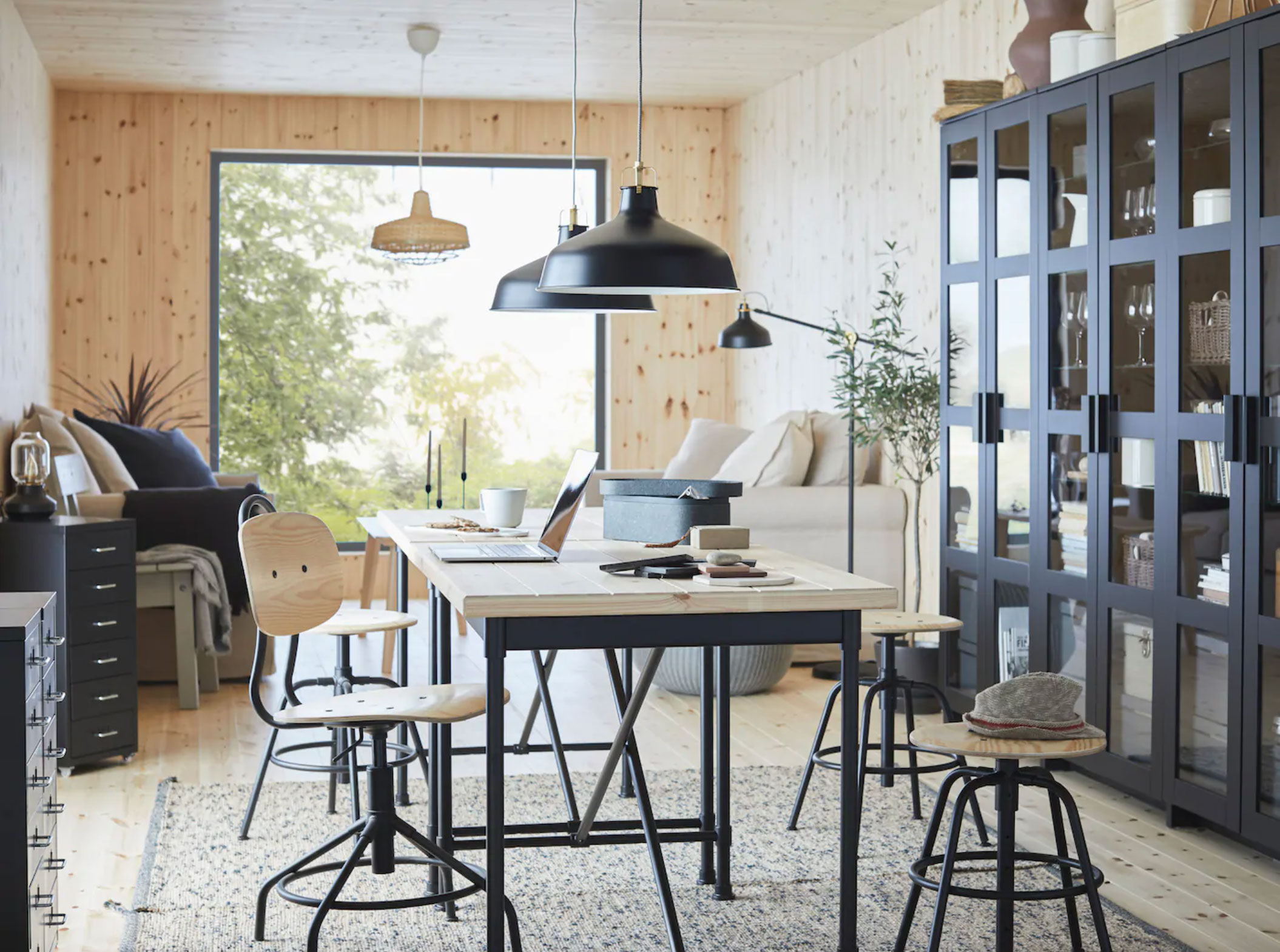

Home automation is no longer a sci-fi fantasy of the future – it’s here now, and the good news is it’s practical, easy to use and a bit smarter than you might expect.
Whether you're looking for home office ideas or creating a fully digital home with smartphone-controlled lights and voice activated thermostats, it can seem quite overwhelming, especially to those who are less tech-savvy than others.
Knowing where to start can be the hardest part but luck is at hand – Matthew Currington, Technical Director at The Lighting Superstore has put together a beginner's guide to creating your very own smart home.
How to set up a smart home
These are the basics of setting up a smart home – you won't need to invest in everything at once, unless you are tackling a renovation, in which case it's worth integrating smart home tech into your design plans. Many elements of smart tech can be retro-fitted, too.
1. Make sure your Wi-Fi is up to scratch
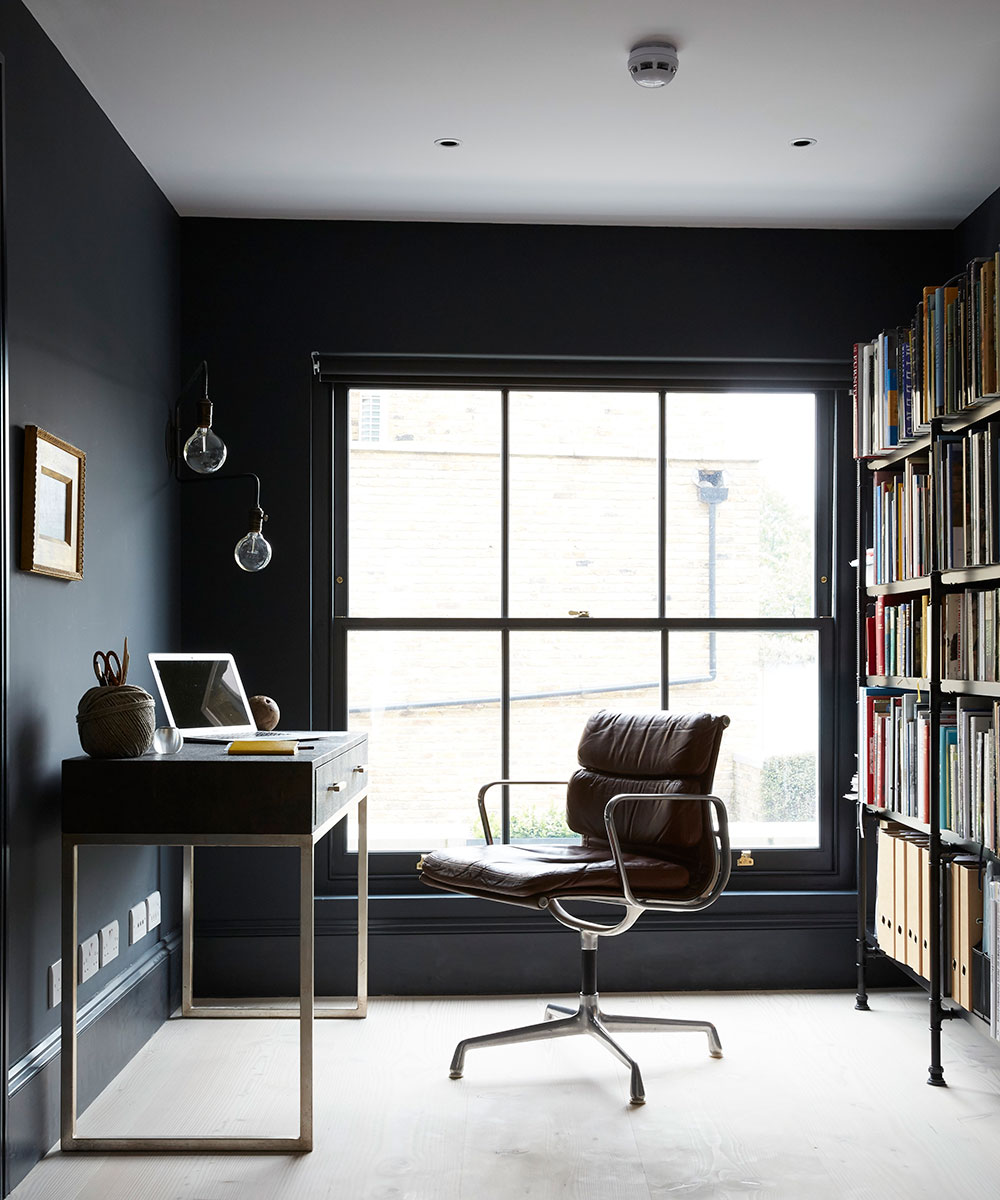
The first thing you need to make sure is that you have a strong wireless connection, so whatever smart home devices you use aren’t affected by patchy Wi-Fi spots. And with more and more of us working from home, a responsive broadband is a must for all those Zoom calls.
This might mean investing in a Wi-Fi booster or extender, which can expand the range of your wireless network. However, if the internet connection entering your home is already slow, or if the booster is too far from the router, they may be disappointingly ineffective. So, contact your provider to see what they can do – or suggest – to help you before spending any money.
2. Invest in a virtual assistant
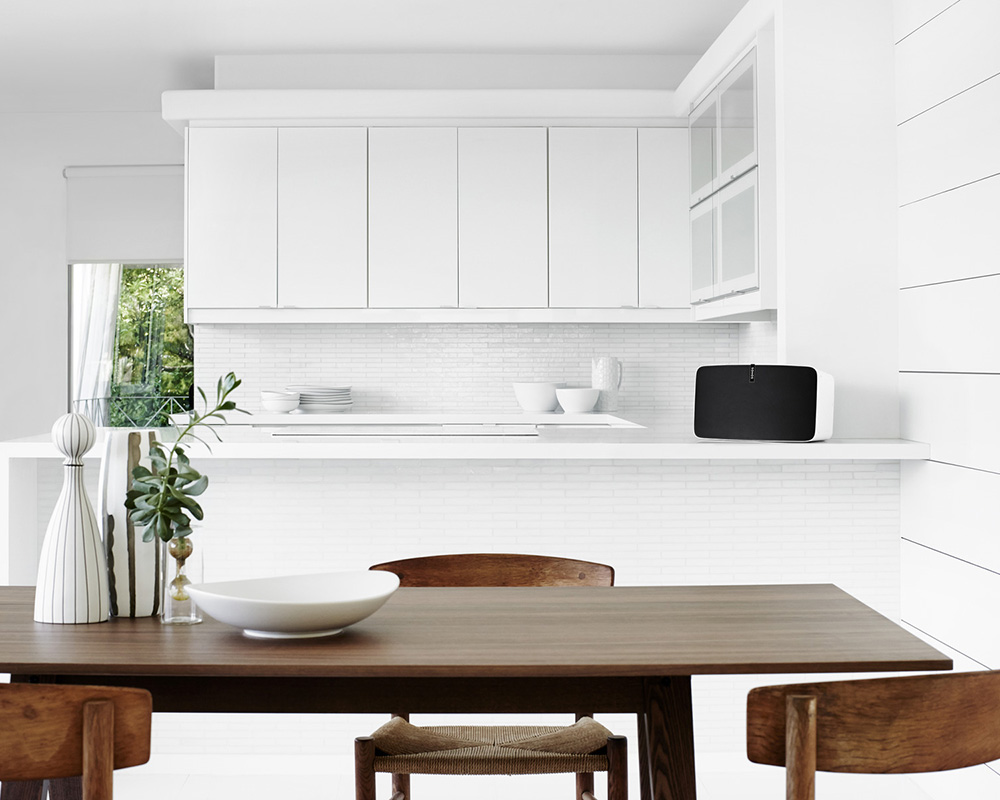
This is the perfect place to begin as the smart speakers can allow you to control other smart devices with simple voice commands. There are several popular smart speakers available on the market with each having their own benefits.
Sign up to the Homes & Gardens newsletter
Design expertise in your inbox – from inspiring decorating ideas and beautiful celebrity homes to practical gardening advice and shopping round-ups.
Each speaker listens to your instructions on command and can be set up to operate many features around the home from lighting and thermostats to security cameras. Not only are the devices useful within our four walls but are also helpful for organising personal and family schedules. The speakers can create, edit and remind you of events on your calendar, monitor your work commute and audibly run through recipes with you step by step.
See our pick of the best Alexa speakers – tried and tested for performance.
3. Set the scene with a smart lighting system
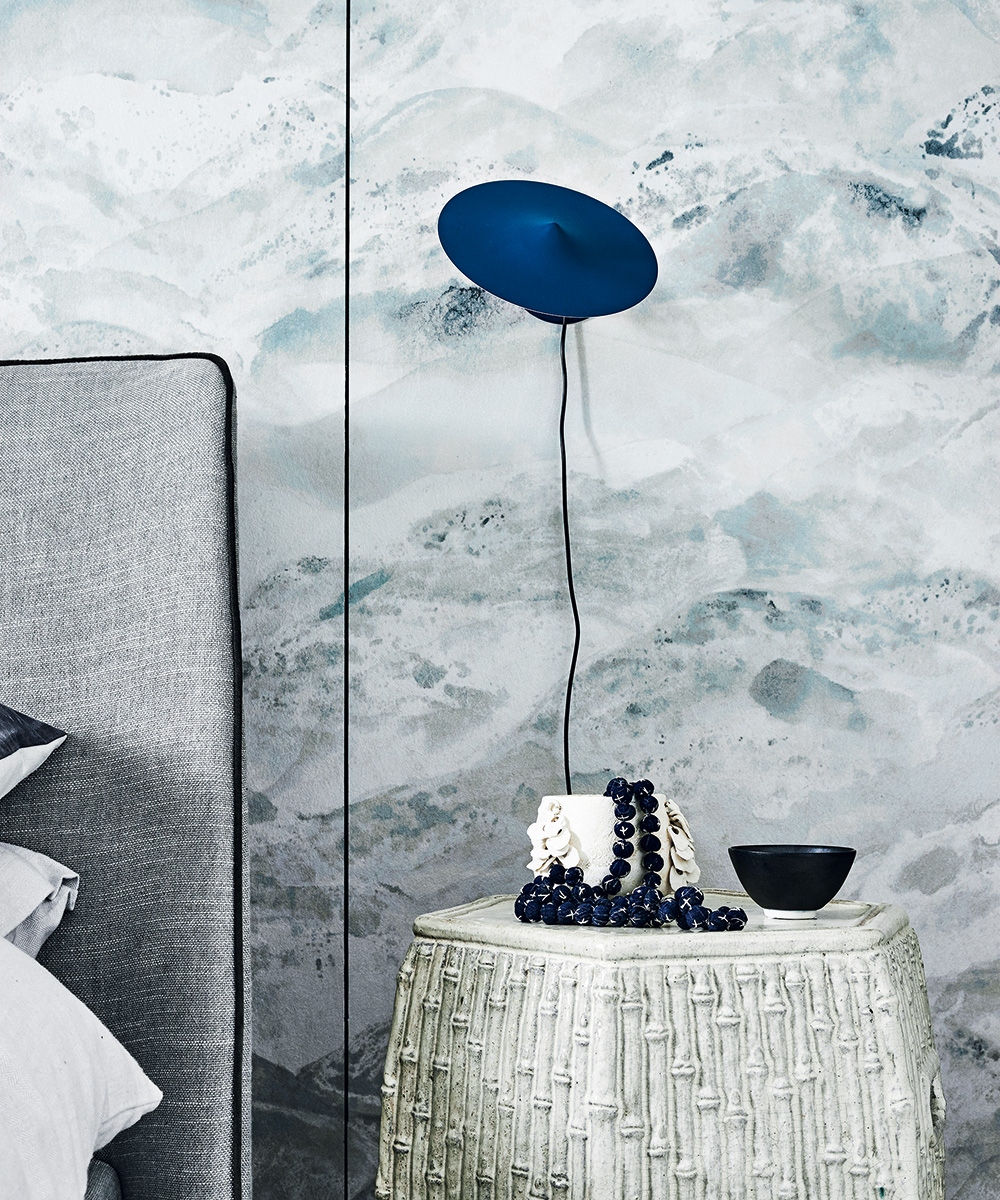
Smart lighting is not only one of the most affordable smart home devices but they can also be quite easy to set up – whether you buy a smart light, having your lighting mains-wired to respond or simply fit smart lightbulbs into existing fittings.
Once in place, you just need to connect them to your smart phone via an app, after that you can control the lights as and when you see fit. They allow you to schedule your lights, arranging them to turn on or off at specific times and make the house look naturally occupied when you’re away.
Best of all, most smart bulbs consume less energy than regular light bulbs making them more energy efficient and financially friendly in the long-run.
4. Stay secure with a video doorbell and smart lock
If you’re looking to amp up security around your home, smart locks and video doorbells, such as the Ring, can offer just this.
Smart locks reduce the worry of forgetting your key with some models allowing you to operate the lock remotely through an app. Once you install a smart lock, you can feel even more secure with a smart video doorbell.
These devices allow you to see who is at your door and talk to them in real-time, even if you’re not at home. They work like a traditional doorbell, but also alert homeowners on their phone via an app where video surveillance and recordings can be found.
See: Features house buyers want – how to sell a house fast
5. Keep warm (or cool) with smart thermostats
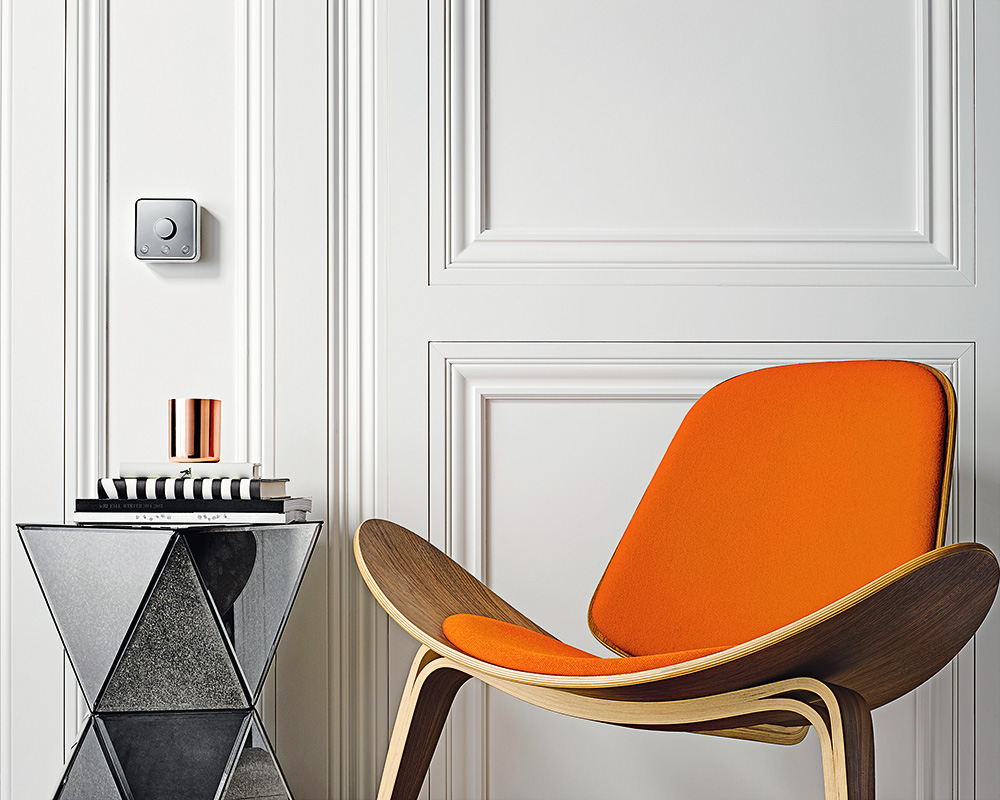
Smart thermostats, such as the Nest or Tado, are not only useful but could help to save some money in the long run, with some saving an average of 31% on your heating costs.
Easy to operate, these devices establishe a schedule for the home’s temperature according to when you and your family will need it. The product can tell you how much energy you’re using and how much money this costs you, so it is easy to keep an eye on the output of your home.
On top of your cost monitoring, the product detects when you and your family are home, so if you forget to turn off the heating, have no fear, your smart thermostat has your back.
6. Install smart plugs
Setting up a smart home on a budget is easily done and all you need are smart plugs – Amazon's smart plugs are a great go-to. They can turn your regular appliances into smart devices without completely re-wiring your home or buying brand new appliances.
This is a far less expensive way of starting the transition to the new age of living. You can then also connect your smart plug to your smart speaker, so you can control your appliances with voice commands.

Jennifer is the Digital Editor at Homes & Gardens. Having worked in the interiors industry for several years in both the US and UK, spanning many publications, she now hones her digital prowess on the 'best interiors website' in the world. Multi-skilled, Jennifer has worked in PR and marketing and occasionally dabbles in the social media, commercial, and the e-commerce space. Over the years, she has written about every area of the home, from compiling houses designed by some of the best interior designers in the world to sourcing celebrity homes, reviewing appliances, and even writing a few news stories or two.
-
 Andrew Walker's wooden cabinets have made me rethink the concept of a classic neutral kitchen – they're simple without feeling overly minimal
Andrew Walker's wooden cabinets have made me rethink the concept of a classic neutral kitchen – they're simple without feeling overly minimalRaw, pared-back cabinetry has never felt so sophisticated – designers say they're a 'smart, long-term investment with lasting style'
By Megan Slack
-
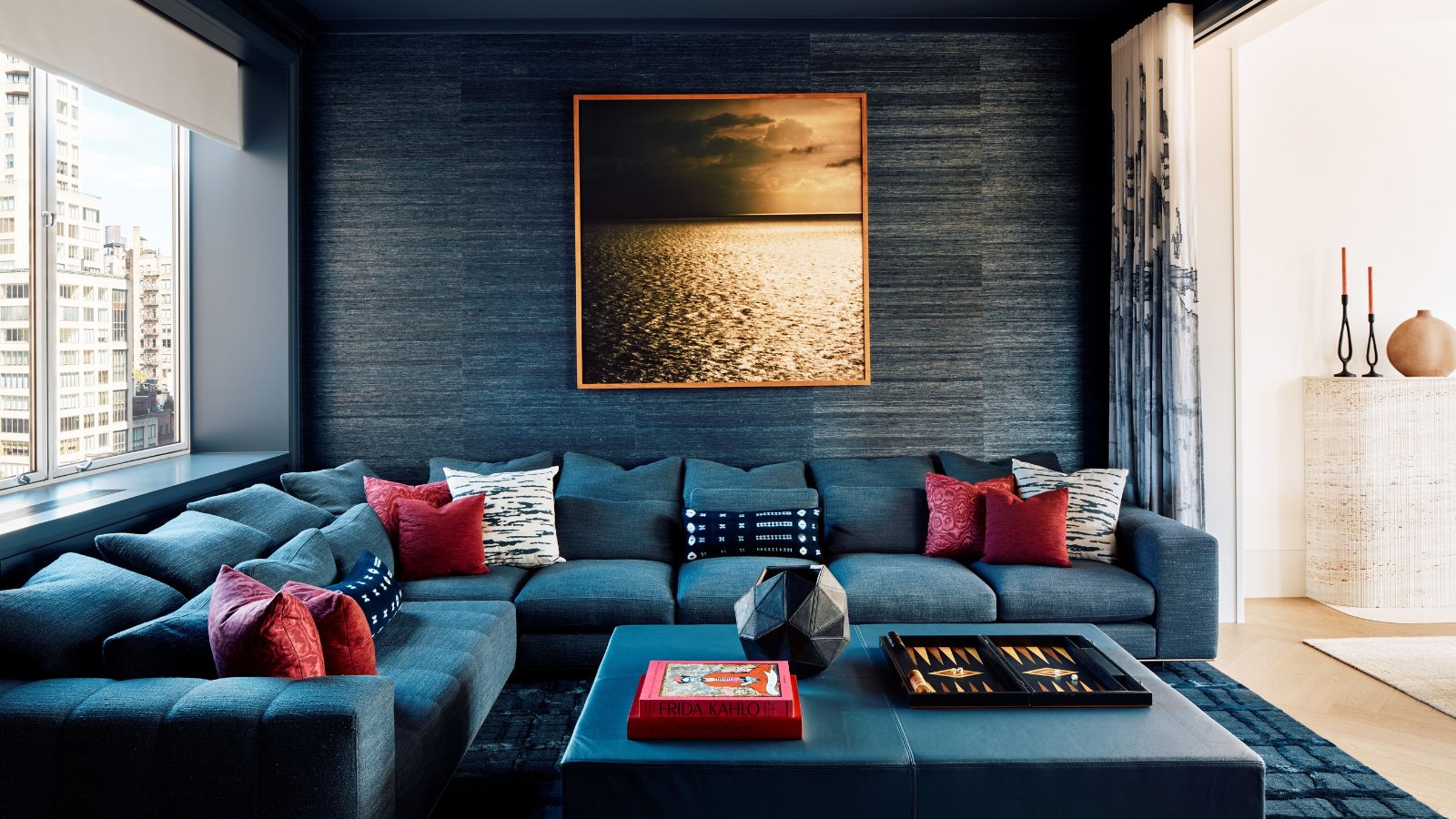 Blending two contrasting styles in a small city apartment was no easy task – but this home brings together California casual and classic Upper East Side charm with ease
Blending two contrasting styles in a small city apartment was no easy task – but this home brings together California casual and classic Upper East Side charm with ease'The finished interior blends quiet luxury with laid-back elegance to mix New York and California’s best qualities'
By Karen Darlow